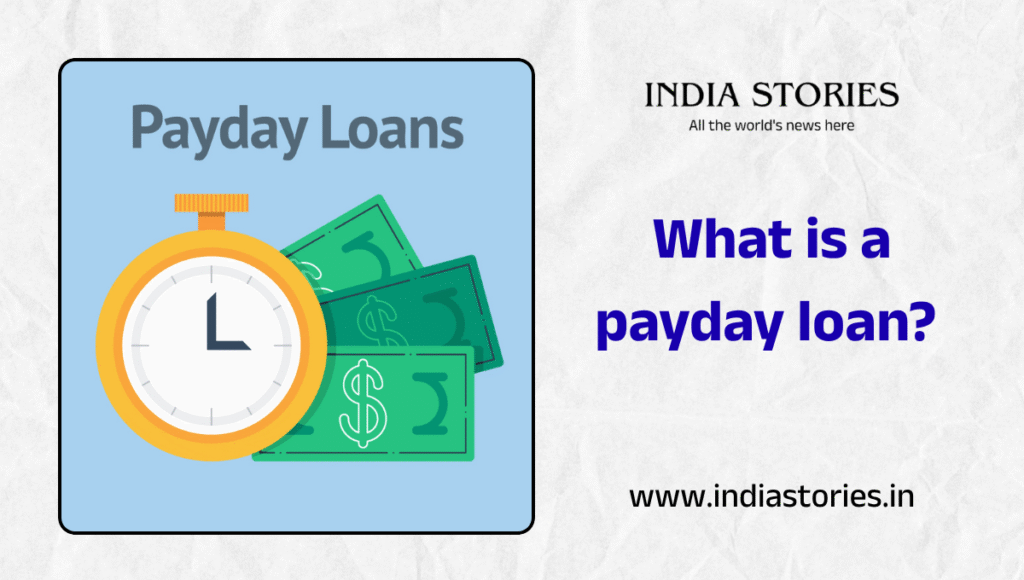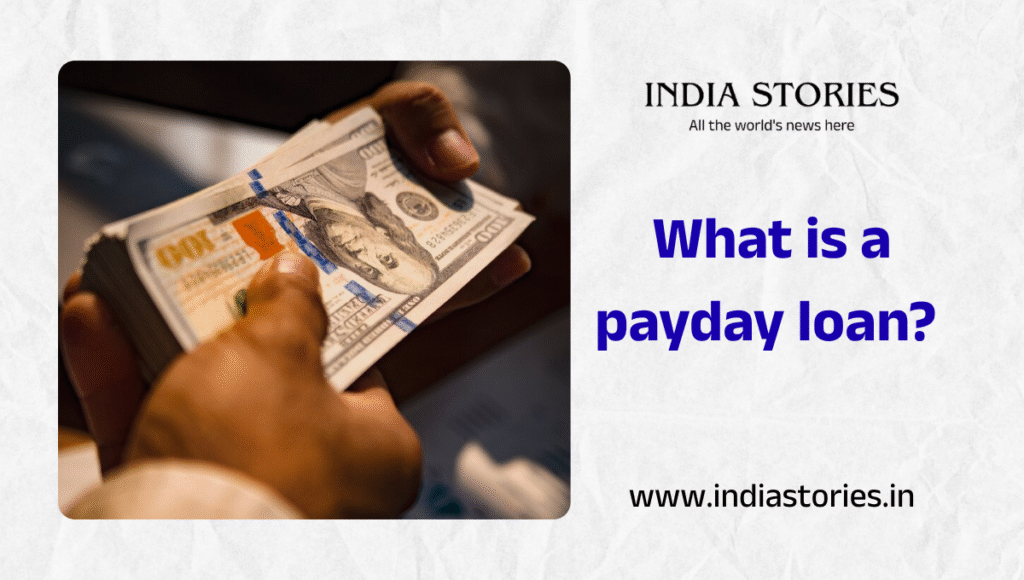Payday loans are a way to borrow against your income, but the costs can be prohibitive.

If you’re short on cash and need to pay for important expenses, a payday loan may seem like a viable option. Be careful, though. The typical fees and interest rates on payday loans make them expensive under the best of circumstances. If you’re unable to pay off your debt quickly, the costs can add up and financial hardship can worsen.
Before turning to a payday loan for relief, learn how it works and what your reasonable options are.
How payday loans work
According to the National Conference of State Legislatures, payday loans are permitted in 37 states. The loans allow people to take a cash advance from their next paycheck. The loan amount is small, the repayment term is short, and eligibility is easy.
How to get a payday loan
To get a payday loan, you can visit a store or online. The amount you can borrow depends on the state you live in, but loans of up to $500 are most common.
You need to be an adult with a valid form of identification, a checking account, proof of income, and a phone number. If you go to a store, you will write the business a personal check for the amount you need plus a fee. Apply online or over the phone, and you will authorize the lender to debit funds from your bank account when the payment is due.
How Much Do Payday Loans Cost?
Lenders will add fees, which are usually limited by law to $15 to $30 for every $100 borrowed.
Loan terms are usually two to four weeks, and if you pay it all back by that date, you’re done. If you don’t have all the money, you can extend the loan.
In some states, lenders can rollover loans, allowing borrowers to pay only the balance due and extend the due date with other fees. For example, if you borrowed $400 and the fee was $60, it would cost you an additional $60 to roll over the debt for two more weeks. At that point, you’d have paid the lender $120 before you paid off the original loan amount.
Vahya Payday Lonas Re Usualaya A Bad Idea
Knowing how much it will cost to borrow against your paycheck should raise a red flag, but seeing how the fees translate into an annual percentage rate may shock you.
For example, the APR for the $400 loan with a $60 fee is roughly 391%. Compare that with credit cards designed for borrowers with fair credit, which often have APRs at around 30%.

“The interest rates on these loans can be as high as 300-500% per year in terms of annual percentage rate, which can create a destructive debt cycle,” says David Zuckerman, a certified financial planner and CFP Board ambassador.
“The problem is that the really high annual percentage rates (APRs) for payday loans can be hidden in the fine print or even left out of the documents altogether. Advertising and marketing for payday loans often target low-income communities and consumers with poor credit and may attempt to normalize frequent borrowing.”
Other penalties can also pile up. If you don’t have the funds to cover the withdrawal when the lender tries to pay you back, your bank could hit you with an overdraft or insufficient funds fee.
States like California release annual data reports on payday lending. In California, in 2023, about 28% of subsequent payday loans by individual borrowers were made on the same day that the previous transaction closed, according to the state’s Department of Financial Protection and Innovation.
Do payday loans ever make sense?
“A payday loan could be considered as a last resort for borrowing when all other options have been exhausted, but generally, consumers should steer clear of payday loans,” says Zuckerman.
Payday lending usage rates plummeted during the pandemic when stimulus checks from the government aided supplemental income. Since then, payday loan rates have crept back up.
Andrew Kushner, senior policy counsel at the Center for Responsible Lending, says, if your If the cost of living exceeds your paycheck, no financial product will be able to close the gap No.
“The ultimate solution here is higher wages and a better standard of living for people. And until that Until then, there will just be financial actors preying on people who really just want to make that difference. Struggling to finish.”

